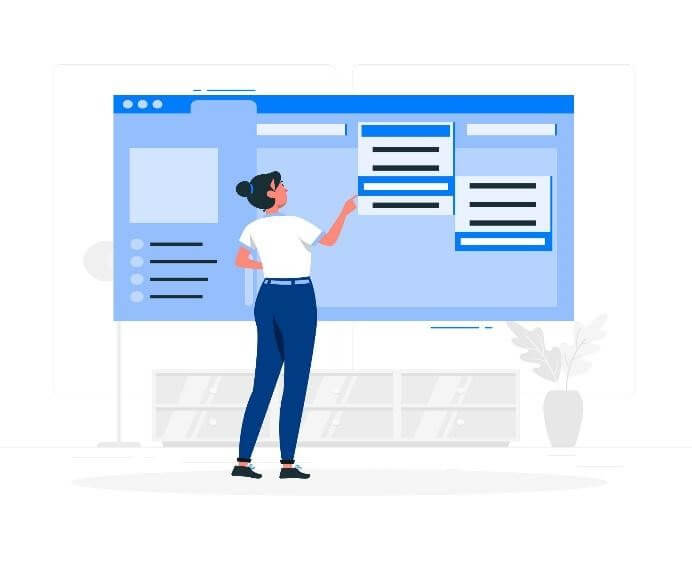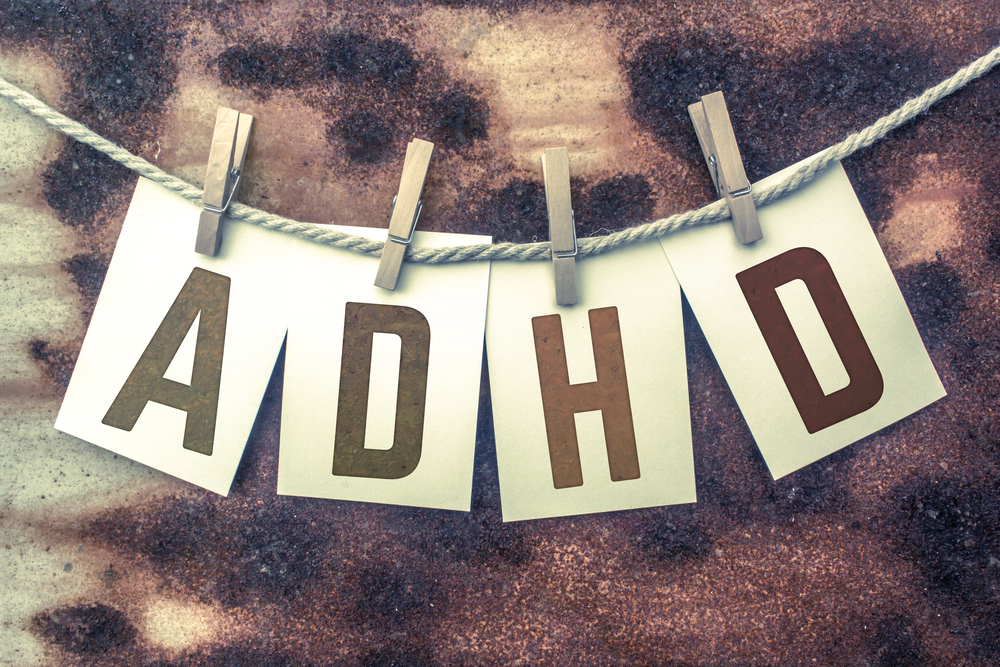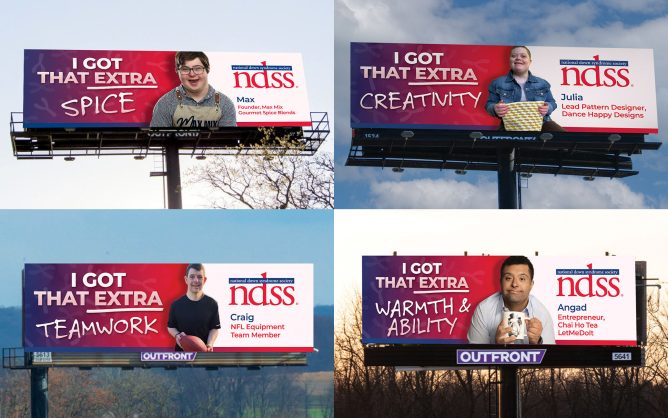Have you ever come across a PDF that was difficult to read or navigate because it lacked certain elements? For individuals with visual and cognitive impairments, this can be an even greater challenge. However, an accessible PDF can make all the difference. Similar to an accessible website, an accessible document meets specific technical criteria and allows someone with a disability to access the content.
In an accessible PDF, elements such as alternative text on images, intuitive heading structure, and sufficient color contrast are tagged with digital labels that define each element’s role and relationship to other content on the page.
The PDF tagging structure is what makes the content readable by screen readers or search engines, providing a logical and meaningful reading order. In this blog, we’ll dive deeper into the importance of PDF tagging and understand the key elements that make the PDFs so valuable.
Why Should the PDF be Tagged?
PDFs should be tagged for several reasons, including:
1. User-assistive Technology
Tagging a PDF adds structure to the document, making it more accessible for users who rely on assistive technology such as screen readers or Braille displays. By including tags that identify headings, lists, tables, and other elements, assistive technology can better understand and navigate the content of the document, making it easier for users with visual impairments to access the information they need.
2. Viewing on a Mobile Device
Many people now view PDFs on mobile devices, which have smaller screens and different capabilities than desktop computers. If a PDF document is not tagged properly, it may appear disconnected or out of order when viewed on a tablet or smartphone. This is because, without the underlying structure provided by tags, the device may not be able to understand how to properly display the document’s content. Tagged PDFs can adapt to different screen sizes and resolutions, making them easier to read and navigate on smartphones and tablets.
3. Archival and Storage
Proper tagging can ensure that PDFs remain usable and accessible for long-term archival and storage. By including metadata, document structure, and other information, tagged PDFs can be more easily searched and retrieved in the future, ensuring that the information they contain remains accessible and usable even as technology changes and evolves.
How to Create a Tagged PDF?
1. Manual Tagging
Manual tagging involves a human editor or an accessibility expert going through a PDF document and manually tagging each element for accessibility. This process can ensure that all the elements, including text, images, tables, and graphs, are appropriately tagged with the right attributes, making the document fully accessible to assistive technologies. The editor can provide a more accurate and consistent tagging structure and catch any tagging errors that an auto-tagging tool may have missed. Manual tagging requires human expertise and can be time-consuming, but it can result in highly accessible documents that meet the required standards.
2. Auto Tagging
Auto-tagging is a method that involves tools automatically assigning tags to PDF documents. This means that the tool will place content in specific tags that assistive technologies, such as screen readers and braille displays, can easily read. It’s important to note that while this process is beneficial, it doesn’t always provide completely accurate results. Companies that claim their auto-tagging tool is 100% effective without any human intervention are not being entirely truthful.
Characteristics of Tagged PDF

Alternative (alt) Text to Images: Tagged PDFs include alternative (alt) text for images, which helps users with visual impairments to understand the content of an image.
Heading Structure: Tagged PDFs use a logical heading structure, which allows users to quickly navigate through a document and understand its organization.
A List Structure: Tagged PDFs use a structured list format for items, making it easier for users with visual impairments to understand the content.
Accessible Table Structure: Tagged PDFs include a structured table format that is accessible to users with visual impairments, allowing them to understand the information presented in a table.
Proper Color: Tagged PDFs use proper color contrast, ensuring that users with visual impairments can read the text and understand the content.
Metadata: Tagged PDFs include metadata, which provides information about the document such as its title, author, and keywords. This makes it easier for users to find and use the document.
Difference between Accessible vs Inaccessible PDF
The major difference between an accessible and inaccessible PDF document is that an accessible PDF can be easily accessed, viewed, and interacted with by all individuals, including those who may have unique accessibility needs. On the other hand, an inaccessible PDF cannot be accessed by individuals who may have special accessibility requirements.
For a PDF document to be considered accessible, it must comply with a set of established accessibility guidelines. These guidelines guarantee that all individuals, regardless of their accessibility needs, can access and engage with the content just as easily as anyone else. Having an accessible PDF can make a significant difference in ensuring that everyone has equal access to information and communication, regardless of their unique accessibility needs.
Final Thoughts
It is undeniable that PDF tagging is an important step in making documents accessible. With the increasing number of people who rely on assistive technologies, PDF tagging should be a priority for everyone who creates documents. It is a simple process that can make a big impact on accessibility. Not only does it benefit readers with special accessibility needs, but it also ensures that all users have access to your content.
Author Bio: Emilie Brown works with the Digital Marketing team at PREP, an AI-based remediation software that enables businesses to create WCAG and ADA-compliant PDFs in minutes. Her approach and methodology is simple, concise, and to the point and connect with readers seeking for solution-driven content on topics related to accessibility and remediation. Apart from her time at work, she loves to spend time with her dog, volunteer and play her guitar.




